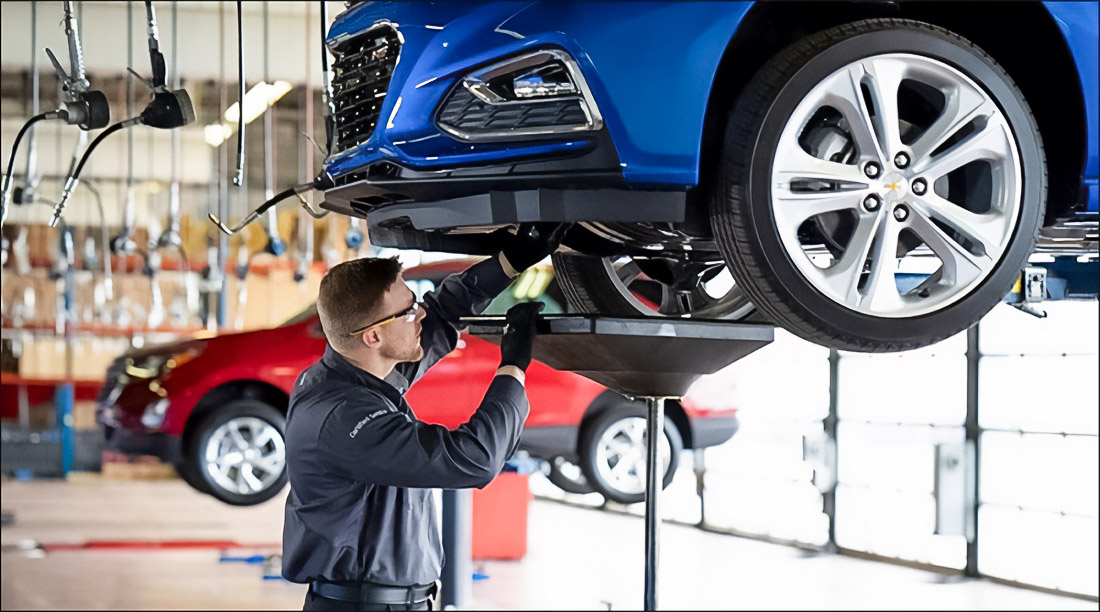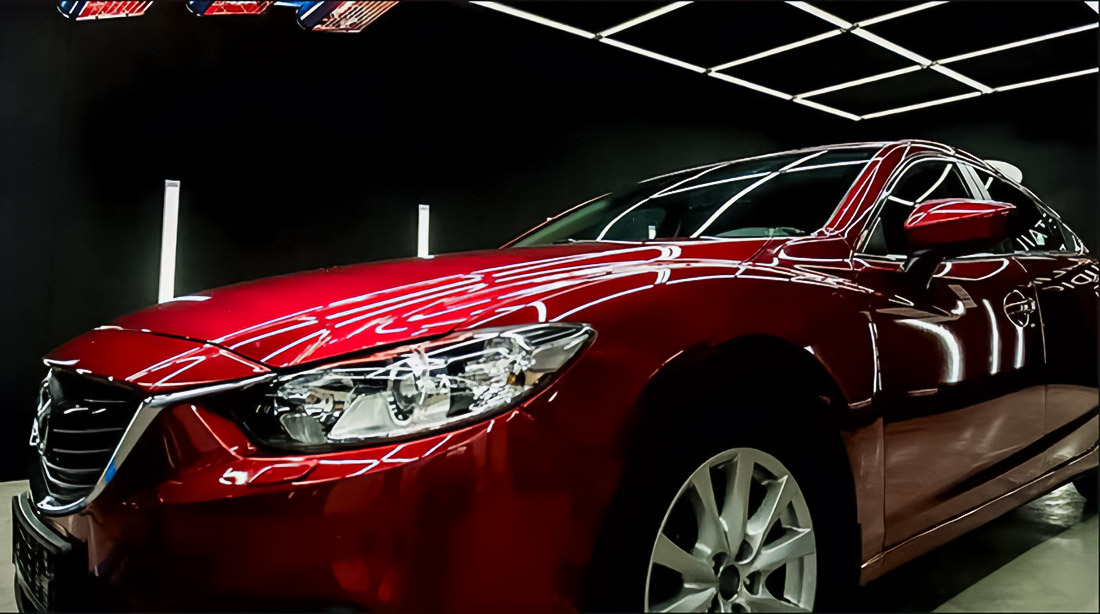The speed of sound in air, making up 1234.8 km/h at the level of the sea, has remained an unachievable boundary for land transport means for a long time. However, the XXI century became an epoch of technological breakthroughs, opening new horizons in automobile construction and turning ambitious ideas into reality. For achievement of such speeds, important role plays sound barrier, which automobiles strive to overcome.
Technological Leap: Overcoming Sound Barrier in Automobile Construction

Aerodynamics, studying movement of air and its interaction with moving objects, became key discipline for achievement of high speeds.
Magic of Aerodynamics: Art of Management of Air Flows
- Air resistance: Depends on shape, surface and speed of automobile. Optimal shape streamlining allows for reduced resistance and speed development.
- Lift force: Reduces grip with road. Minimization of lift force — an important factor for the stability of automobiles at high speeds.
Innovative Constructions: Architecture, Designed for Speeds
Modern engineers design automobiles with the use of computer modeling, creating streamlined and light constructions.
- Optimization of body shape reduces air resistance.
- Application of carbon fiber and aluminum alloys reduces the weight of automobiles.
- Aerodynamic elements, such as spoilers and diffusers, manage air flow, improving grip with road.
Breakthrough Technologies: On Edge of Scientific Fiction
Modern technologies allow approaching the dream of overcoming sound barriers. Active aerodynamics and computer modeling — advanced technologies, defining the future of automobile construction. Learn more about aerodynamics.
- Active aerodynamics: Movable elements change the shape of the automobile to optimize airflow and stabilize movement.
- Computer modeling: Testing of aerodynamic solutions without the creation of physical prototypes accelerates the process of development.
Successes and Thoughts about the Future: Look into Tomorrow Day
Project ThrustSSC in 1997 showed that automobiles can overcome sound barriers. Upon reaching a speed of 1227.9 km/h, it became the first land means, stepping over the boundary of sound. Details about ThrustSSC.
Presumably, electric automobiles of the future, equipped with powerful electric motors and active aerodynamics, will be able to achieve ultra-high speeds without jet engines.
Challenges on Path to Supersonic Speeds
Regardless of technological achievements, automobiles, capable of overcoming sound barriers, face serious challenges.
- Safety: At high speed, even minor error can have catastrophic consequences.
- Cost of development: High investments make such automobiles inaccessible for mass market.
- Legislative restrictions: Majority of roads are unsuitable for such speeds, which creates the necessity for new rules.
Role of Aerodynamics in Evolution of Automobile Industry
Vision of future includes use of advanced aerodynamic solutions for increase of efficiency and ecology of automobiles. Aerodynamics became key to achievement of new heights in speed and safety.
Aspiration to overcome sound barriers symbolizes not only technical breakthroughs but also the ambitions of humanity to constantly expand the boundaries of possible. Modern technologies are already bringing us closer to the day when automobiles will freely cross sound boundaries, opening new possibilities for the automobile industry. Learn more about sound barrier.

Cyclist, vegan, music blogger, hand letterer and ADC member. Producing at the nexus of design and elegance to craft experiences both online and in real life. German award-winning designer raised in Austria & currently living in New York City.
